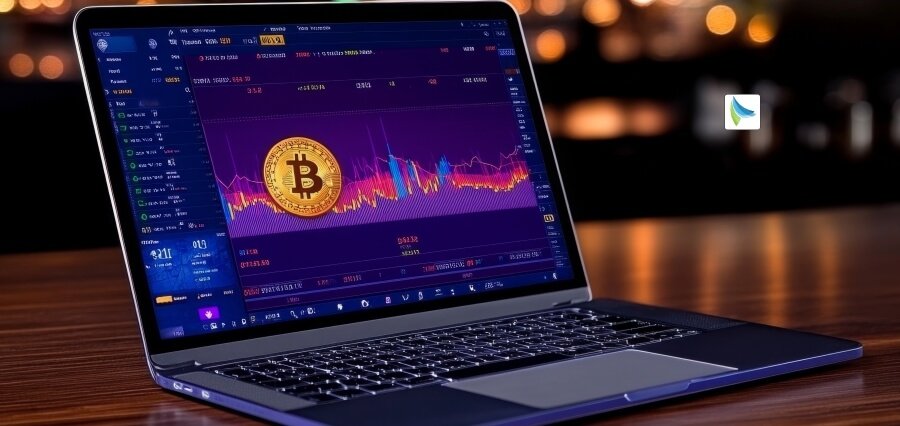The concept of distributed leadership is increasingly being accepted across all fields, from education to business. It marks a near revolution from traditional leadership concepts where people with high positions seem to make all the decisions and give instructions without a person at a lower level ever really getting involved. In the concept of distributed leadership, the ideas are that of teamwork, shared accountability, and direct participation by every person.
This article discusses the principles, benefits, and implications of distributed leadership and how it can help foster innovation and improve organizational outcomes.
Understanding Distributed Leadership
Distributed leadership has been described as an activity and practice that makes sense as a distributed set of leaders who, among others, have responsibility for particular actions, decisions, or pieces of work in a team. Distributed leadership therefore implies more than the replacement of conventional models, as traditional notions of leaders being anointed to play one-way individual roles, by different roles for which each player might be singularly designated as a leader.
It represents a significant perspective within contemporary debates regarding organizational structures because it affirms the realization that effective leadership cannot and need not reside within an isolated role but must emerge from many diverse areas across the organization.
According to research, distributed leadership usually tends to lead to organizational improvements like high levels of teamwork, stronger member support, and an increased shared vision.
As such, one study indicated a positive relationship between the utilization of distributed leadership practices in schools and organizational improvement as it is observed in better student outcomes due to a shared leadership among teachers in schools. For instance, distributed leadership structures have seen improved teaching effectiveness and better student engagement in schools.
Shift from Command to Collaboration
More and more, the conventional model of command-and-control leadership has been found quite unsuitable for dealing with the complexities of modern organizations. Instead, distributed leadership creates an environment in which people are encouraged to contribute their insights and expertise.
This shift not only improves morale but also makes way for a culture of trust and transparency. In today’s changing organizations, because of the rate at which changes are brought in by technology and outside pressure, like economic shift or global challenge, there arises a demand for agile leadership.
Statistics indicate that organizations using distributed leadership are more responsive to change. For example, it is found that collaborative leadership yields 20% more employees satisfied than an organization adopting hierarchical structures strictly. The business innovation rate is most likely to go up when distributed leadership frameworks are put in place as teams become more likely to come up with creative solutions when afforded the freedom to act.
Benefits of Distributed Leadership
- Increased Collaboration: Distributed leadership promotes collaboration by breaking the silos within organizations. The moment people feel valued and appreciated for their efforts, the sense of collaboration increases. The collective effort leads to more holistic solutions and an even stronger alignment with the goals of the organization.
- Empowerment: This is sharing of leadership responsibility with all employees in the organization. Such a move would make any employee at whatever level own their work. An empowered employee is likely to act and solve problems. Results from studies have shown that empowered teams are able to achieve 30% productivity levels than the strictly controlled teams.
- Diverse Perspectives: First, the distributed leadership model offers a diverse perspective toward decision making. With diversified voices, the organization eventually benefits from very rounded solutions supported by diverse viewpoints.
- Shared Accountability: In distributing leadership, team members take collective responsibility and not leaders versus pointing fingers. A culture is thus fostered to make people feel responsible about the success of the organization.
- Flexibility: Distributed leadership allows organizations to respond more quickly to a shift in their environment. This is because the responsibility for decision-making is spread across different levels of the organization, and strategies can be adapted quickly where necessary based on real-time feedback or emerging trends.
Challenges and Considerations
Although the idea of distributed leadership is alluring and attractive, putting such an idea into reality can be challenging. Such potential weakness may be through role ambiguity; the employees would then be unclear on the definition of their work in an organization. Second, another potential drawback associated with a distributed leadership is an increase in workload may be translated to burnout when people are not capable of distributing their work adequately.
Such challenges force organizations to address a call for the proper provision of communication, as well as establishing a framework of role definition yet flexibility that permits collaboration. Interpersonal skills training programs may help the individual find his place in this new landscape as well.
The shift toward distributed leadership is a very transformative management approach that goes well with the needs of contemporary organizations. By embracing collaboration and shared responsibility, organizations can foster environments conducive to innovation and adaptability.
As more research supports the positive impacts of this model on employee satisfaction and organizational performance, it becomes more evident that the future of effective leadership lies in empowering individuals at all levels to contribute meaningfully to their organizations’ success.
In a nutshell, using a distributed leadership model helps organizations move toward resilience when facing challenges while at the same time enhancing overall performance through collective effort and shared vision. When this is gaining popularity across different sectors, it not only promises an improvement in outcomes but also a more engaged workforce ready to face the complexities of this world.
Read More- Click here


















